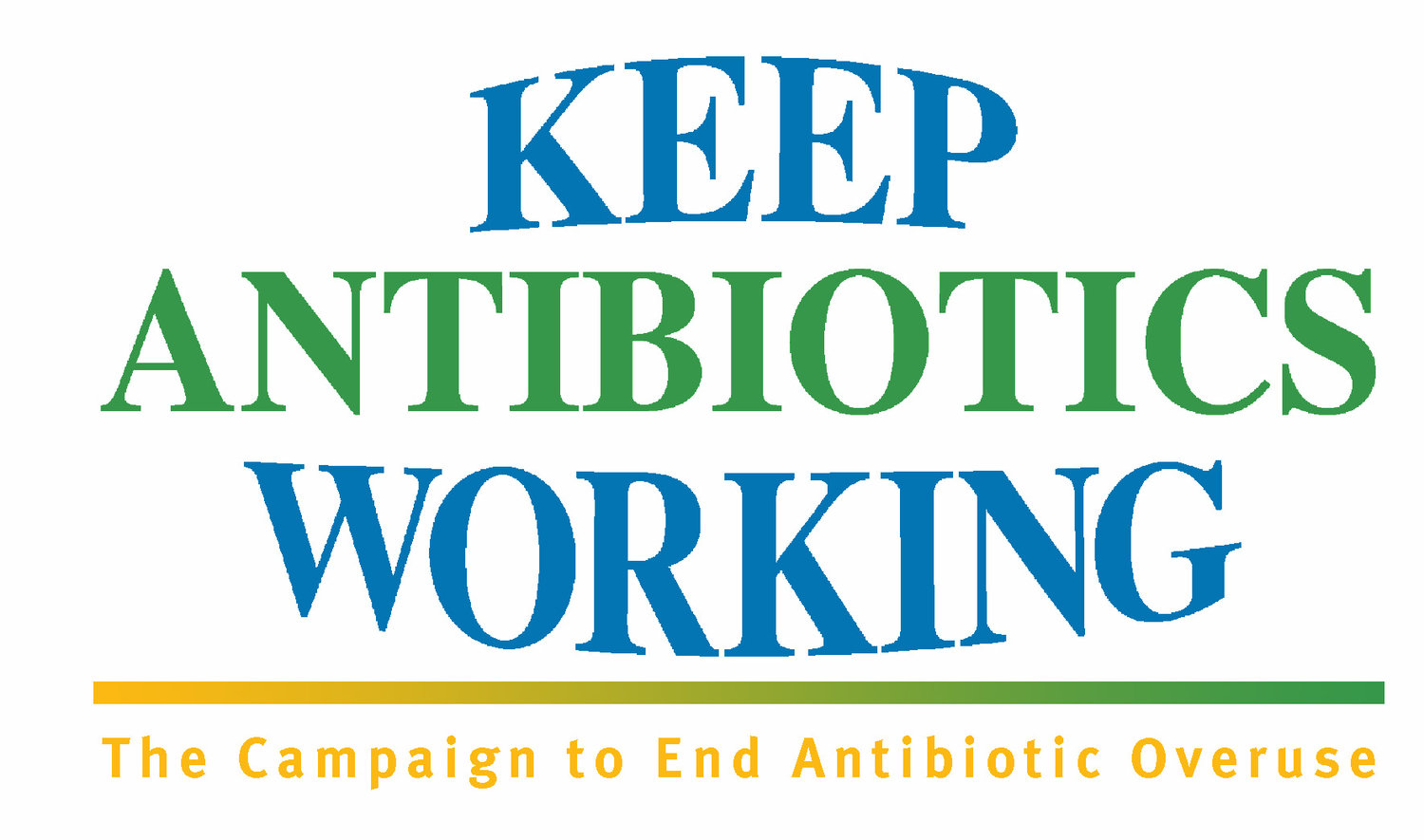U.S. House Takes Important Step on Antibiotic Stewardship
Support for FDA to enact duration limits on antibiotics fed to pig, beef herds.
DAVID WALLINGA, MD, NRDC, AND HARRY RHODES, EXECUTIVE DIRECTOR AT FOOD ANIMAL CONCERNS TRUST. NRDC HAS KINDLY ALLOWED US TO REPOST THIS ARTICLE FROM THE ORIGINAL ON THE NRDC BLOG.
Strong public health action, taken at the right time, saves lives. In mid-May, public health researchers at Columbia University looked at social distancing measures taken across the country from March 15 to May 3. Enacted only one week earlier, the researchers concluded, those measures could have prevented 700,000 or more additional cases of COVID-19 -- and 36,000 deaths.
Future pandemics await us, whether caused by another virus or antibiotic-resistant “superbug” bacteria. More infectious disease crises have never been matter of “if”, but “when”.
Experts for years have warned of a coming global crisis in antibiotic resistance. In truth, it is already here. Up to 162,000 people in the U.S. die of antibiotic-resistant infections each year – more than the current death toll from coronavirus. Recently, some in the House of Representatives have shown leadership by taking action to curb unnecessary antibiotic use – it’s well-known that overuse of these precious medicines is a key driver in the spread of resistance.
Photo by Kat Jayne at Pexels.com
Among all U.S. sales of antibiotics important to human medicine, around 65 percent are for livestock use, not for treating sick people. Most of these precious medicines are delivered on a routine basis to entire herds of cattle or pigs whether or not any of them are sick. About one in three medically important antibiotics are FDA-approved for use in poultry or livestock without any clear time (duration) limit on that use. In effect, that means these antibiotics can be given legally to herds of animals basically for the entire time they reside on that farm or feedlot (typically, 7 weeks for a broiler chicken, six months for a hog, and up to a year or more for cattle on feedlots).
That’s why Members of Congress, led by Rep. Jan Schakowsky, worked to direct and fund the FDA to require for the first time ‘duration limits’ on the labels of all these antibiotic products. In 2018, the FDA’s Center for Veterinary Medicine identified new duration limits as among its top 5-year priorities on antibiotic resistance.
The final House bill that includes the FDA appropriations, when passed on July 24th, answered that request. It adds an extra $1 million to the budget for FDA’s Center for Veterinary Medicine specifically to “support implementation of FDA’s 5-year plan for supporting antimicrobial stewardship in animals, which includes steps to mitigate antibiotic resistance by ensuring that medically important antibiotics for use in food-producing animals have clearly defined durations of use. to ensure it had the resources to carry out its plans.”
If in five or ten or twenty years, U.S. doctors and nurses still have antibiotics that work to treat life-threatening infections (or even common ones), in part we’ll have Rep. Schakowsky and her colleagues to thank for securing this absolutely vital step.
Let’s just hope that later this year when Congress passes its final appropriation for the FDA, after reconciling the House and Senate bills, the agency still has what it needs to put an end to feeding human antibiotics to chickens, turkeys, pigs or cattle for their entire lives, regardless of whether any animals are

